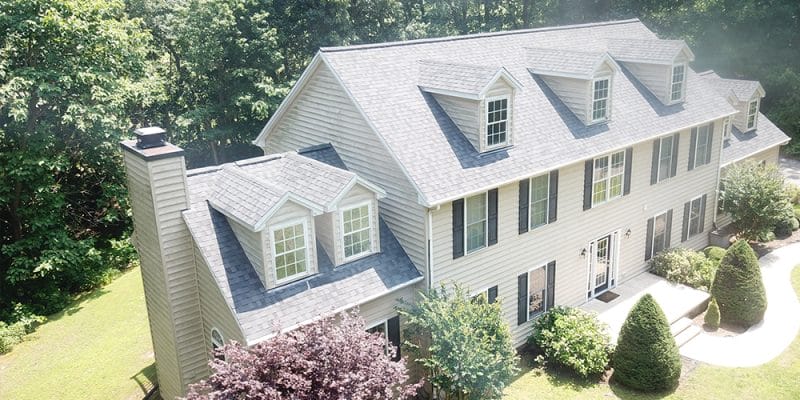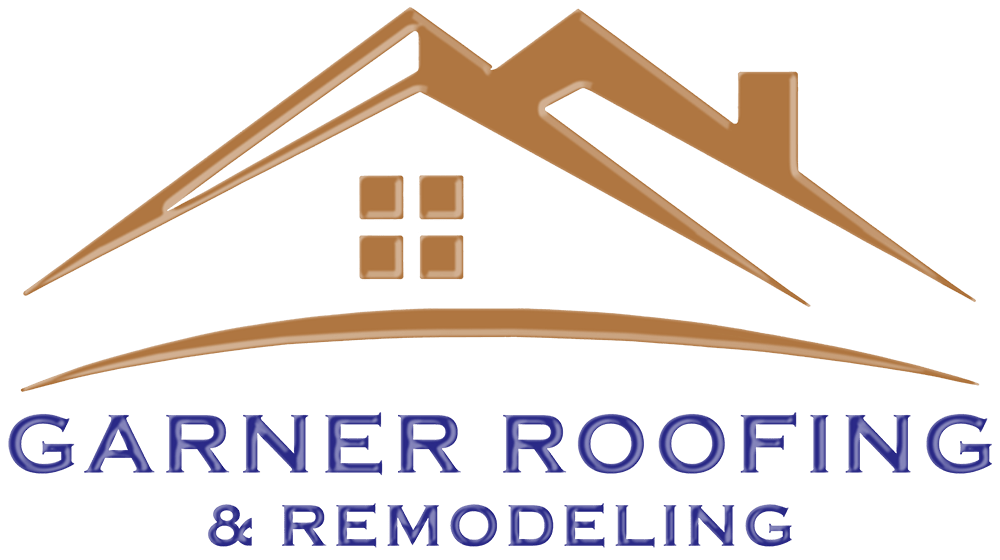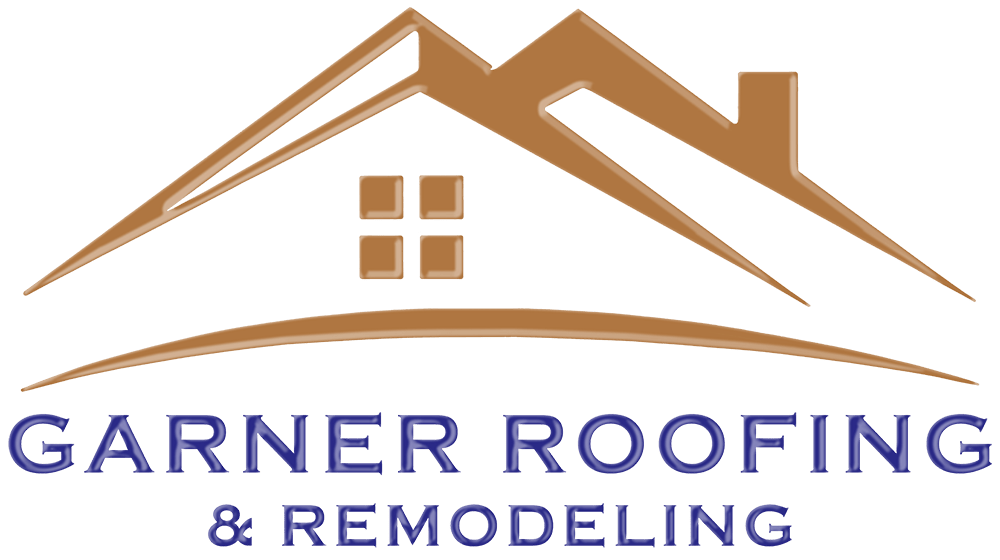Bel Air’s Local Residential Roofing Company
Delivering What We Promise
- Over 10 Years of Roofing Excellence
- Quality Materials and Exceptional Craftsmanship
- Customer Satisfaction Guaranteed
Expert Residential Roofing Service in Bel Air

When it comes to the roof over your home, you don’t want to take any chances. Residential roofing requires a keen focus on appearance and style without compromising durability and protection. At Garner Roofing & Remodeling, we combine these elements to offer you the best of both worlds. We utilize top-grade materials and skilled professionals to ensure that your roof isn’t just functional but also adds to the curb appeal of your home. Why settle for less when you can have the best? Reach out to us today for a free inspection, and let’s give your Baltimore home the strong, beautiful roof it deserves.
Types of Residential Roofs We Install
Garner Roofing & Remodeling is a certified CertainTeed ShingleMaster and we specialize in the roof replacements and installations of asphalt shingle roofs.
Asphalt Shingle Roofing
Asphalt shingles are by far the most common type of residential roofing material used today accounting for approximately 80% of the US market. They are constructed of asphalt fused to a fiberglass mat with granules coating the top surface to provide UV protection and color. Available in a wide range of types and styles from a variety of manufacturers they are rated by weight and service life in the form of a warranty. Shingle warranties range in duration from 20 years to limited lifetime. Heavier shingles carry longer warranties and higher wind ratings. Architectural style asphalt shingles consist of multiple laminated layers which give your roof more depth and dimension.

